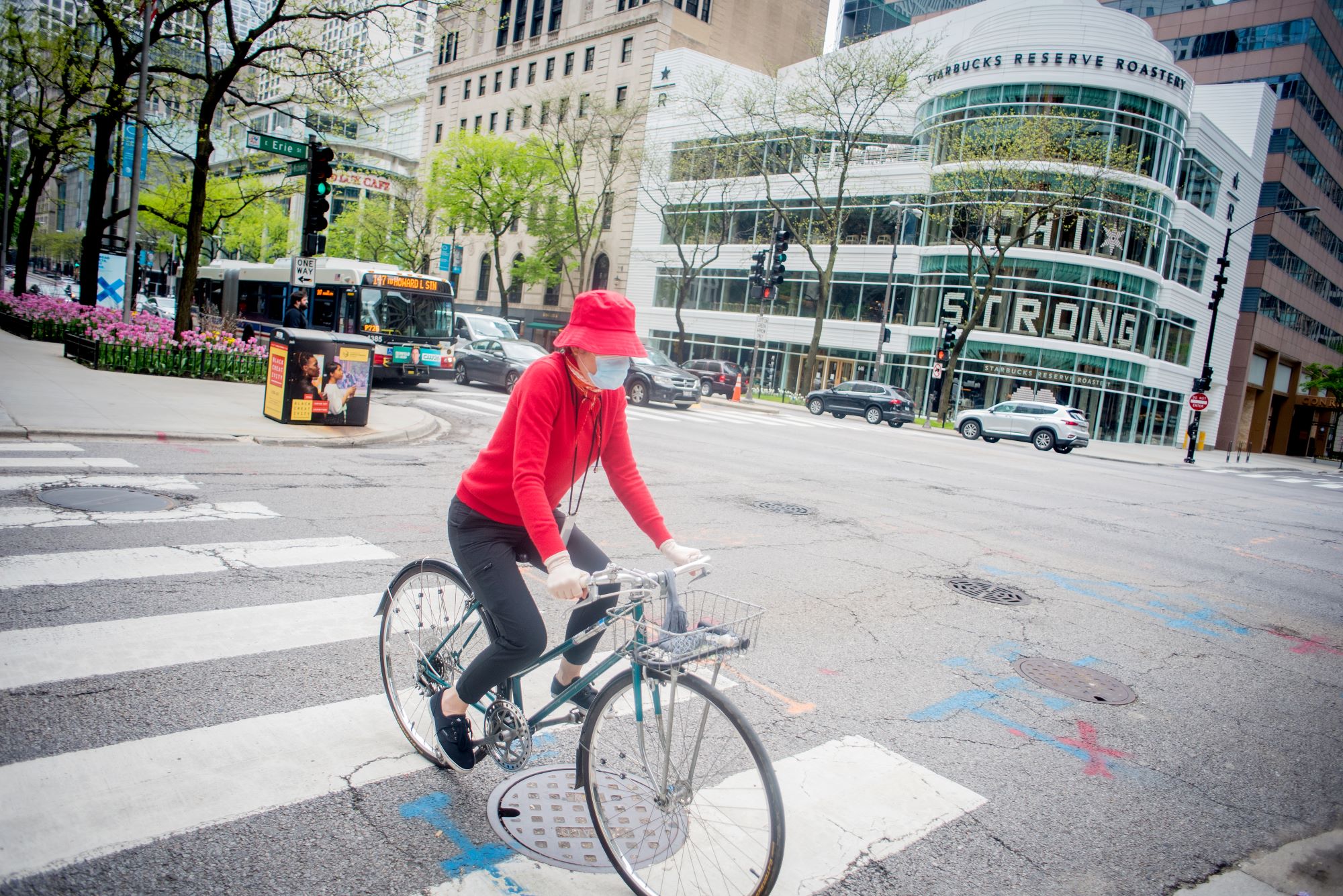When planning for long-term infrastructure changes, officials should consider four key areas and ask themselves the following questions.
Changing demand. Has your community seen an increase in biking, scootering, or walking? Can your roads, sidewalks, and pathways safely handle the demand? What changes could you make to serve these travelers?
Preparing for the months ahead. Is your community ready to keep key sidewalks and bicycle paths clear throughout the winter? Can you partner with nearby communities to share costs and decrease response times Are there opportunities now to begin planning for future bike and pedestrian investments?
Funding these investments. Although bicycle and pedestrian projects often are more affordable than auto-oriented ones, they are not free. Could these investments fit into an existing program in your budget? Have you considered applying for outside funding, either through CMAP-administered programs like the Transportation Alternatives Program or others like Cook County’s Invest in Cook? Can you approach philanthropic groups for help, as has been the case for pop-up bus lanes in Cambridge, MA, and bike lanes in Northern Kentucky?
Supporting different users. Changes to accommodate shifts in demand during the pandemic have generally been well received, even when they involve reallocating space originally geared toward car travel or parking. Are there good examples from your neighbors or others that can demonstrate the benefit of these changes? How will you balance different user needs? What steps will you take to ensure broad, representative community feedback on changes?
Related resources
